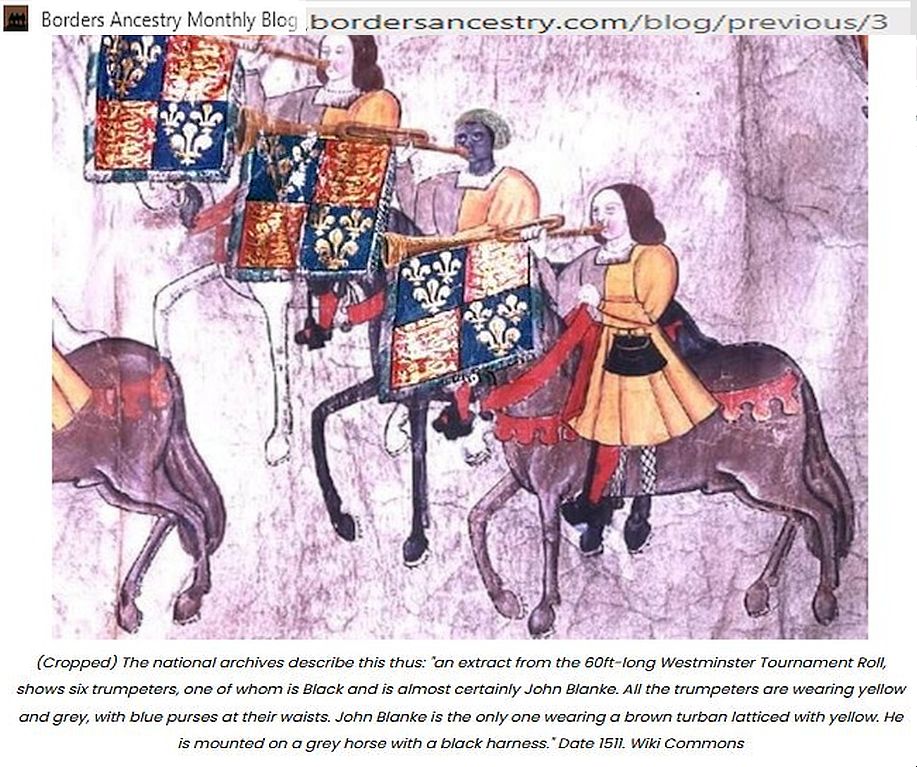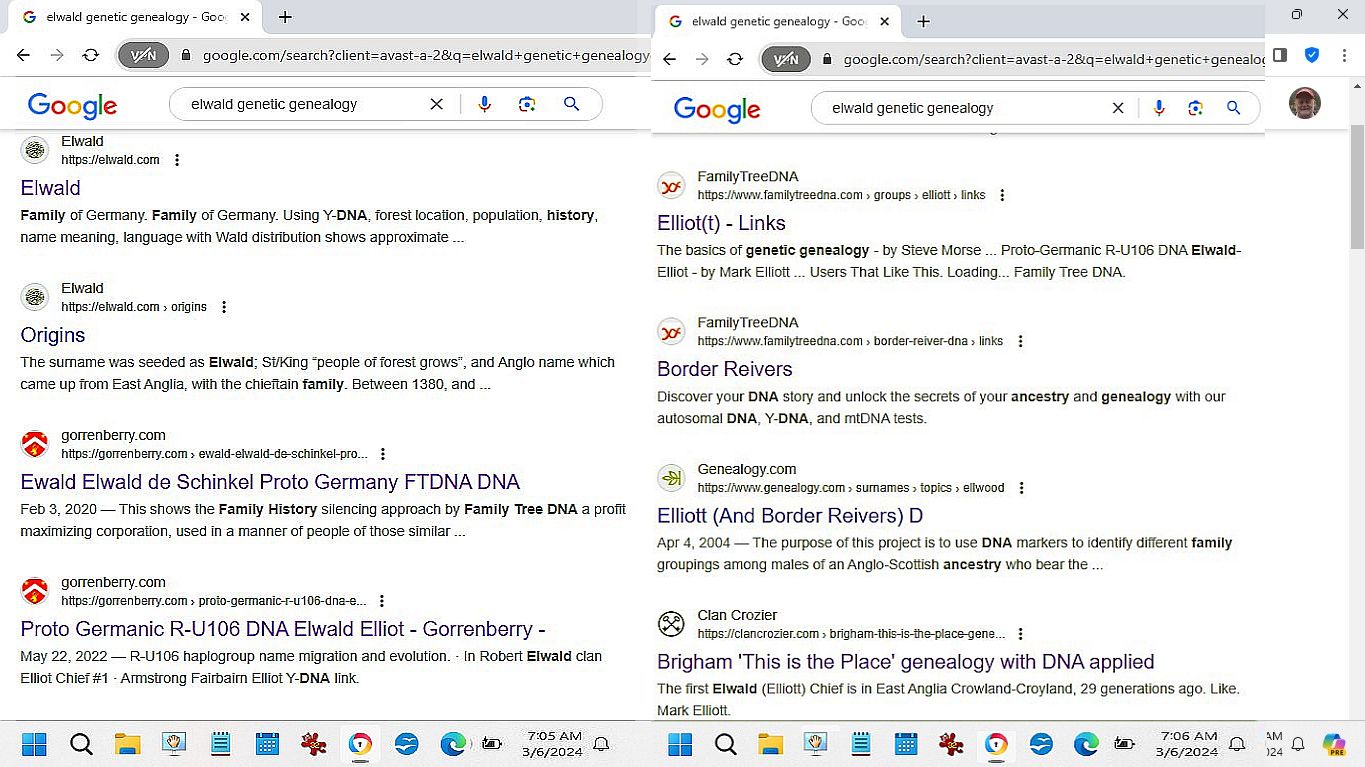I have a long held interest in European history, particularly Roman history and the “Barbarian” tribes. I have been following the archeological developments that have been sheddling light on these cultures, which were largely villified through history. This is a recurring theme.
When I started digging through the history of the border reivers I felt I recognised this theme. It appears we have had the same treatement. What if I was to assume virtually everything written was history written by the victors? There are little or no records from within the borders during their history. Virtually all of the description is by what was essentially the enemy. To this day, enemies of state are villified, often far beyond reason.
So if you step back and ignore virtually everything in writing, what are you left with? The borders are Viking. Viking is not a people or even a culture, it was way of life. Its a poor term. Norse might be better. The legal system is essentially the same as the Norse system. You even see rare references to “thing”, the term “Danelaw” used instead of border law etc. Light cavalrie that dismounts to fight is the Viking way, the weapons are Norse. Its a long list. Poetry as another example. Warrior poets the archtypal men of Odin. If you compare the border culture to the modern understanding of Old Norse/Germanic culture it is indestinguishable. As these were tribal systems, the adherence to a way of life was the defining characteristic of the people. In reality, this goes back further to the Battle Axe people. The Border Reivers way of life can be traced back a long way. The Tribe/Clan system is completely distinct from the modern Christian world.
So, if you assume as alternative point of view the Clans/Tribes were of the Norse type, how does the story look? Almost everything I have seen tries to tie the DNA to a name, with a lot of speculation around phonetic links to old spellings. But if the clans are not families at all, but the remnants of Norse war bands still clinging to land taken by Halfdan Ragnarsson in the 870s, then you would expect multiple paternal lines and you would expect gene soup, haplogroups from everywhere. Norse tribes practiced adoption, if you could live the tribe/warbands way, you could join. They are not patriarchal like Christian names.
The reason for so much misinformation, much of which borders on the ridiculous comes down to land claims. For any part of Europe there are and always have been multiple claims of ownership. You could argue the Church and Universities have sold historical justifications for these claims and done little else.
The claim by right of conquest of the Northern part of England by the Danes would have had meaning to them. At the time of the colonisation of England, there was a religious war being fought. The Christianisation of Scandinavia was not a gentle processs. The Norse belief system was well entrenched and conversion was by torture. Convert or be blinded, maimed or burned alive. They will still burning Reivers alive as heretics hundreds of years later, wetting the sticks down to slow the burning. I find it unlikely this was due to poor church attendance.
I stumbled accross the story from online in one of the genealogy forums of a story told at a clan conference of the Elliotts and Armstrongs own belief that there was a blood oath between the clans, that they came from a union between a princess and a bear. So I went looking for that story.
This is always passed off as fanciful when I see it. However, from a Norse/Old Germanic perspective a Bear or Spirit bear is a Berserker. A Warrior Shaman of Odin. Its another name for Norse nobility. “Of the line of Odin” was not patriarchal, as they did not keep detailed geneaological records. It was more like a livestock type. Bull of the type Angus, Human of the type bear. Childen of seen to have the right characteristics were inducted into the Cult of Odin through an initiation process. Bjorn is just Bear in Norse. So a princess and a spirit bear is a Princess and a Bear Shaman, who were typically the Norse equivalent of nobility.
This is where looking for the story took me.

There are many versions of this. If you can trace the princess and the bear to Thorkill Sprakaleg (found under dozens of names) then to his two sons. There are many versions of their lineage.
From a Norse perspective as we know it today, none of this is so complicated. Ulf is Wolf in old Norse, Bjorn/Beorn etc is bear. Ursius is Latin for Bear.

So now, from the perspective of the Old Norse, you have a family group or a cluster of war bands, of the Bear/Wolf cult of Odin. It is a subset of the norse peole. These were animistic pagans. Like the North American Indians there were clans within clans. A warband or clan or tribe would contain members who also had affiliations to their totem animal/chosen deity. Bears and Wolves are unique to the cult of Odin and associated with Chiefs. Though this is getting long and I have cattle to shift (We Kiwi Elliotts are still running cattle) the above individuals can be traced to the Jomsvikings and the Varangian Guard. This was essentially the resistance, or the Norse religion in Exile. So a case can be made, by looking at the location and behaviour of the participants, that the Elliotts and Armstrongs form part of the Danish Nobility, Ancient lines of Odin, in exile post the Christianisation of Scandinavia.
This would certainly make us very unpopular.
The link between Siward and Ulf and the Armstrongs, and posetions relating to this family group/clan group is well established.
This still leaves the question, who are the Elliotts. As all Elliotts were rounded up, given a Christian name and crammed into Ireland at the Union of England and Scotland, its likely a lof of groups now lost were assimilated at the time. It is very likely the Elk story is true, as again it fits well with the animism of the Norse people.
The Doomsday book records the Elliott name as “Aileet”. As there was no spelling of the word at the time and it was recorded phonetically, then it is possible this is what the word sounded like at this point. I propose another option, for another group who would come under the name Elliott.
I will say at this point that the old rhyme for the origin of the Elliotts has more to do with cementing the claim of those currently holding Elliott lands. In terms of patriarchal origin, nobody COULD tell where the Elliotts came from, if they represent the a Norse Tribe. But DNA and modern historical and archeological knowledge changes that.
Earl Ulf has a brother. That brothers name is Eilif/Eilaf/Eglaf. Both Eilif and Ulf were Jarls in the service of King Cnut, part of the Jomsvikingr and the Varangian Guard. Eilif would be part of the group to lay claim to the blood oath between the brothers. Its a name close to Elliott and very close to “Aileet” that fits the clan myth of the descendence of the princess and the bear.
Eet from “aileet” is close in sound to ætt/ätt, the word in old norse for a clan, tribe for warband
https://en.wikipedia.org/wiki/Norse_clans . Could it be “Eilifs ætt”?
Eilif was raiding in Wales in the 1020s, then he is said to leave for the Byzantine empire (Jomsvikingr Saga) and he is recorded as being there in Byzantine records. He is recorded as dying there around the 1040s, as well as a few other places. I have included minimal references although I can dig them out again.
It is to be noted that most of the Jarls of Cnut signed things as members of the Church. A bishop in those times was the equivalent of a Jarl of Earl and a Bishopric came with land and revenues.
An Eliaf reappears in Tyndale. There is also vague references to raids on Wales in the 1080s by an Eilif, though I am yet to trace these. As there is an Eilif the second, it would appear if Eilif carried on, he passed his name to his children.


There is little written of Eilif/Eilaf beyond that they recieved the money.
Then there is this. Mildly ridiculous. Perhaps it would make more sense if the land was endowed to the Dodd family by Eilaf, as was normal practice in that time.

If Eilif and his warband returned to the borders, his name would both fit well with Elliott and fit the clan myth of the spirit bear story. The Elliott/Armstrong loyalty could be traced to the Bear clan.
Though it is disputed (like everything else) Thorkil Sprakaleg is linked by decent to Bjorn Ironside. To the Norse, actual parentage would have mattered less than he was a very notable person of the Bear cult of Odin. He would have been Bjorn Ironsides Ragnarsson kin regardless.
Which links the Elliotts and Armstrongs via the clan myth to a claim by conquest to Halfdan Ragnarssons conquest of Northhumbria in the 870s. Decendents arguably held that land from that point onward.
Food for thought
When there is so much confusion and so little evidence, its probably reasonable to chose a clan myth for yourself. This is mine.
I hope you enjoyed this.
2/5/2017 MSE

























